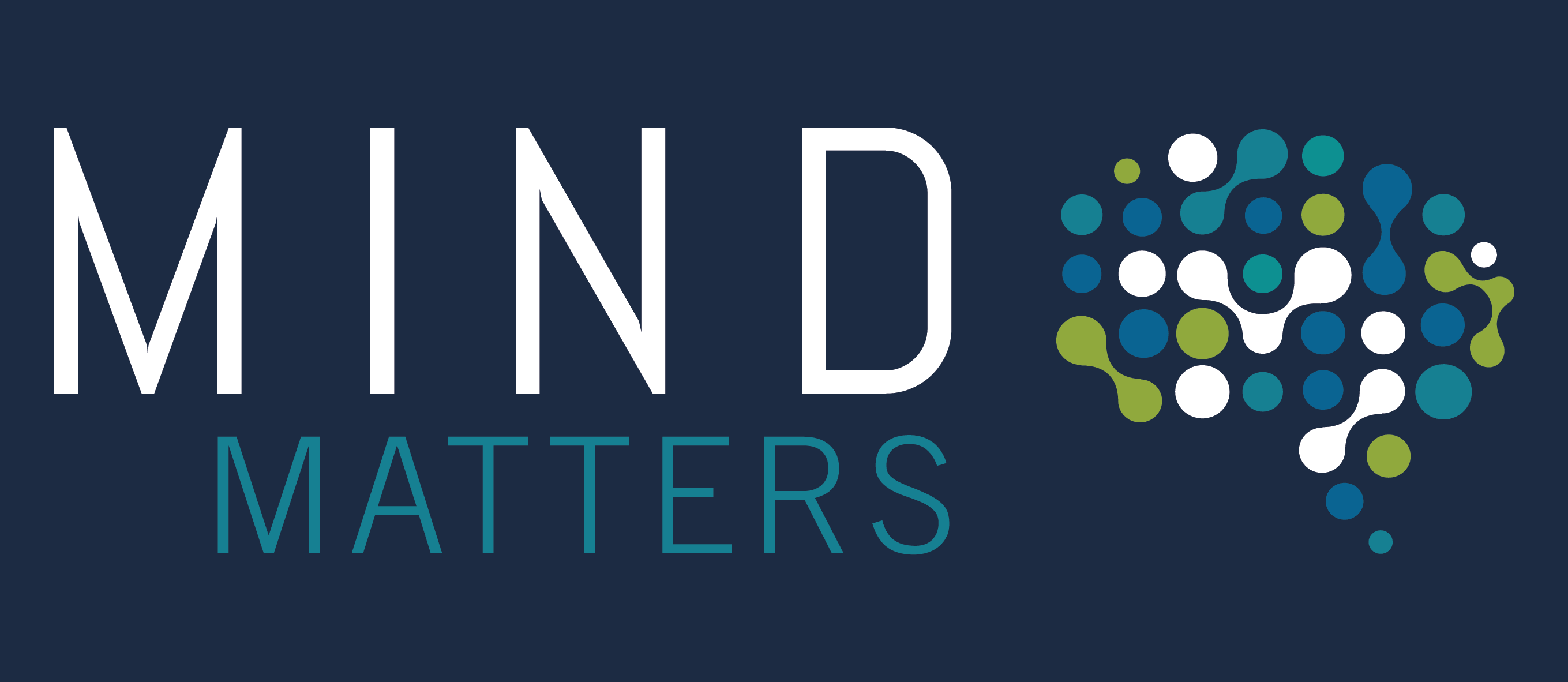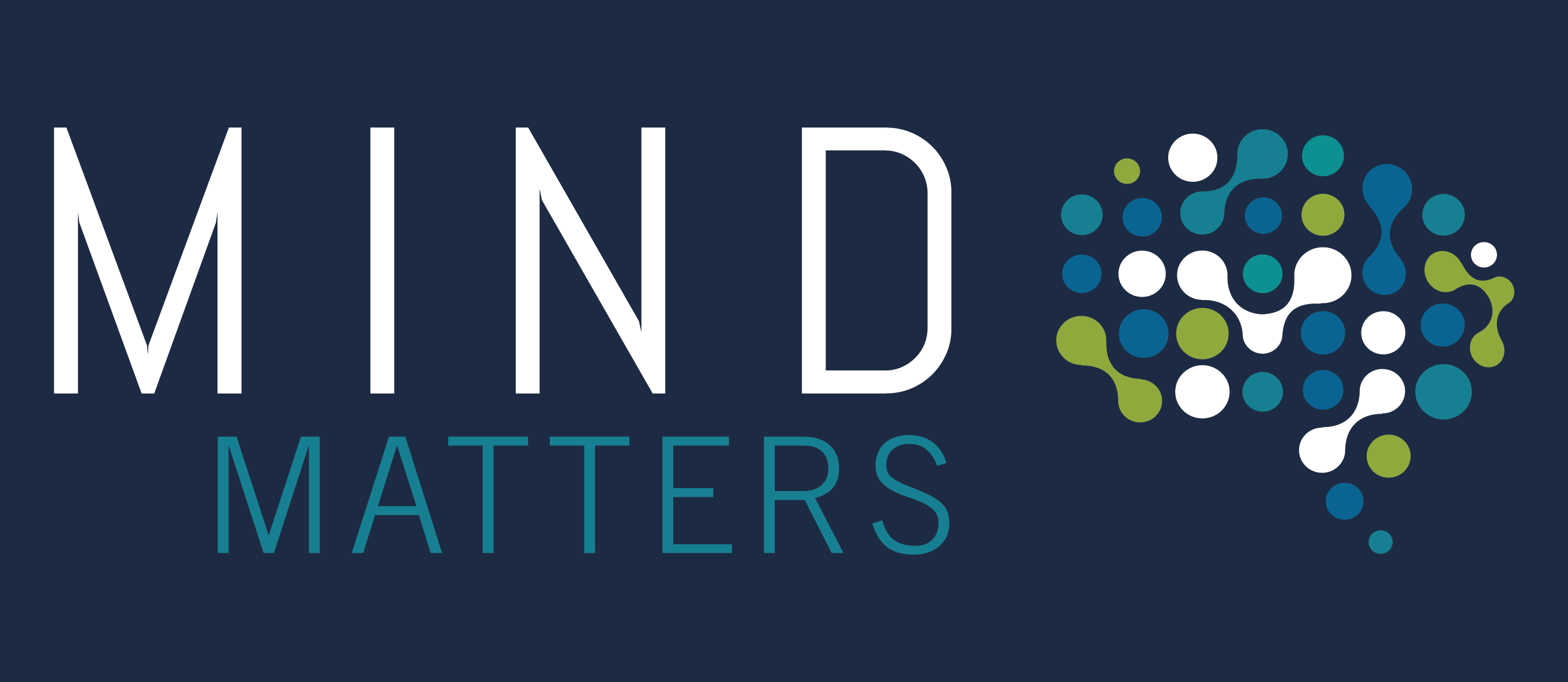

A cup half full: how a positive outlook can fuel perseverance
A cup half full:
How a positive outlook can fuel perseverance
BY: DR. MERET CEPERO MALO | February 08, 2024
Let’s begin by talking about Ketanji Brown Jackson, one of the recently confirmed Associate Justices of the U.S. Supreme Court. If you missed the media coverage around her confirmation hearings in March 2022, you might be wondering why I want to talk about Jackson in the context of today’s article. As we contemplate her achievements, however, it becomes clear that she embodies perseverance in every aspect.
With credentials such as graduating magna cum laude from Harvard University and cum laude from Harvard Law School, clerking for three federal judges, and working in four prestigious law firms, she hasn’t just demonstrated perseverance in her educational path and her career1. She also made history by becoming the first Black woman and the first public defender to serve as a justice on the U.S. Supreme Court, showcasing resilience amid a nation still grappling with its brutal legacy of slavery, systemic racism, and exploitation2. During her Supreme Court confirmation hearing, Judge Ketanji Brown Jackson encountered intense scrutiny as the proceedings, initially designed to assess her judicial expertise, descended into a disheartening spectacle of political theater, misogynoir, and absurd lines of questioning1,2. Undeterred by the attacks on her record, she maintained composure.
Amid the chaos, Californian Senator Alex Padilla used his time to seek inspiration from Judge Jackson for the nation’s youth, asking, “What do you say to some of them who may doubt that they can one day achieve the same great heights that you have?”3Jackson, reflecting on her challenging freshman year at Harvard, recounted a moment of unexpected support from a Black woman who passed her in the Harvard Yard and encouraged her with a simple yet powerful message: “Persevere.” Touched by this sentiment, Jackson expressed her hope to inspire others, especially those who may doubt their potential in the face of adversity. “Persevere”, she said – “I would tell them to persevere.”3
That video clip from the hearing left a lasting impression on me. At the time, I felt really out of place in a PhD program that I wasn’t sure I had the ability to complete and knew even less how to quit. For me, her words couldn’t have come at a better time: “Persevere.”
But what exactly is perseverance? In this blog post, let’s explore how we can persevere in a world that makes it seem quite impossible to do so at times. Together, we’ll delve into the transformative psychological impact of maintaining a positive outlook (and discuss how this is different from toxic positivity). Finally, we will review the science around optimism and touch upon how Dr. Nadine Sinclair and Paul Sinclair approached the topic in their 9-week Resilience Training for Researchers
What is perseverance?
Persistence, determination, grit – in everyday life, perseverance has many names. Generally, perseverance can be defined as the determination to continue moving forward and striving for a goal despite facing obstacles, difficulties, or setbacks. In other words, perseverance is about staying the course, even when the going gets tough. As illustrated by the story of Justice Ketanji Brown Jackson, the capacity to endure challenges is often a key element in reaching significant accomplishments. Following this line of thinking, psychologists have defined grit as the combination of perseverance and passion for long- term goals4.
In the early 2000’s, psychologist Dr. Angela Lee Duckworth spearheaded research efforts around the concept of grit at the University of Pennsylvania and found that grit serves as a strong predictor of achieving goals, pursuing higher education, and attaining success in one’s career4. Since then, subsequent studies on the link between grit and performance have yielded contradictory results5,6. According to Jachimowicz and colleagues, this might be due to recent studies focusing too strongly on perseverance alone, leaving out the contribution of passion6. Neglecting passion in measuring grit poses an issue, since past research emphasizes passion’s positive impact on performance through immersion6 (to see our article on the benefits of flow, click here). Encouragingly, what researchers do seem to agree on is that perseverance can be trained, developed, and enhanced7,8.
Harnessing the Power of Optimism
Strangely enough, one of the central components for developing perseverance and making it through tough times, is optimism9. In order to understand why, Nadine and Paul kicked off the workshop by introducing us to the work of Dr. Martin Seligman, the founder of positive psychology. In the 1970’s, Seligman was studying the concept of learned helplessness10 on dogs and focusing the rest of his time on researching depression in humans. While his work was regarded as very important and influential by his colleagues, his daughters alerted him to the fact that it was making him gloomy and grouchy11. In an effort to turn things around, Seligman decided to change his direction of research and thus – positive psychology was born11. If helplessness could be learned, couldn’t optimism be learned as well? Since then, the field of psychology has undergone many shifts and transformations, but the idea that well-being and optimism can be measured and trained, remains.
Importantly, optimism is not merely a disposition; it is a conscious choice to interpret challenging circumstances in a favorable light9,12. Turning obstacles into opportunities for learning and growth is an approach that not only enhances our ability to endure life’s many challenges, but also allows us to extract valuable lessons from each experience. This was also exemplified in a 2023 study that evaluated student’s wellbeing under COVID-19 restrictions and found that perseverance positively related to the students’ increased tendency for post-traumatic growth13. Simultaneously, higher levels of perseverance also seemed to have an indirect effect of elevating reported life satisfaction13.
Other studies that explored optimism as a resilience factor concluded that individuals with an inherent positive outlook towards the future tend to navigate challenges and adversity more adaptively compared to those with a pessimistic stance9,12,14. Additionally, researchers have established a correlation between optimism and enhanced emotional well-being, more efficient coping mechanisms, and improved outcomes across various aspects of physical health9,14–16.
A Dose of Positivity (the non-toxic kind, please)
Does this situation sound familiar to you? You’re going through a tough time (i.e. because of stress at work, a relationship issue, or a health scare) and want to tell a friend about it. Instead of actively listening to your story and showing empathy, the friend keeps interrupting you and continuously tells you to “look on the bright side” or to “lighten up”. In that specific moment, you probably feel like your friend is minimizing your feelings – you might even feel angry and annoyed towards that friend (and that would be well within your rights). While reading articles about optimism and positivity for this blog post, I was worried I might sound like “that one friend” in my writing – insensitive, naïve and simply out of touch with reality.
In an effort not to fall into this trap, it’s crucial that I make a distinction between toxic positivity and positive psychology. On the one hand, toxic positivity involves exclusively focusing on the positive side and attempting to dismiss or ignore any negative emotions that arise. On the other hand, positive psychology doesn’t involve ignoring or minimizing our emotions – instead, it entails acknowledging and feeling them first (!) and then intentionally directing our focus toward the positive and controllable aspects within a situation.
Grounding positive thinking in reality and maintaining realistic expectations, as recommended by a 2020 study16, has been shown to enhance overall well-being. Therefore, a positive outlook on life should always be preceded and accompanied by viewing life as it actually is: quite random, very uncertain, often difficult, but somehow also magical. During the Resilience Training, Paul suggested somatic therapy exercises like trying to localize where a feeling sits in our body, as well as using self-regulation or body scanning to observe and acknowledge our thoughts and feelings.
Focusing on What We Can Control
Imagine yourself as the captain of a sailboat (I know, this metaphor never gets old, right?). What do you see? How much influence do you have over the weather, the state of the ocean around you and the amount of wind that’s blowing through your sails? If your answer was “not much”, you are correct! In life, there are many factors that we have no control over whatsoever. That’s scary. And stressful. And sometimes, downright cruel.
Now, I’d like you to consider a different scenario. You’re still the captain of a sailboat, except this time, you can spot a seagull in the vicinity of your boat. It’s sitting on a floating bottle that contains a rolled-up piece of paper. The seagull, squawking loudly, looks directly at you before flying away – the bottle is now close enough for you to reach it and after lifting it out the water, you’re finally able to open the lid. To your surprise, the message in the bottle contains a detailed log of your journey thus far, and weirdly enough, it also contains pretty exact predictions of what will happen next. From the sights you will see from your boat to the precise wind conditions 36 hours from now – it’s all there in minute detail. If all these predictions came true and you had absolute certainty about your future on the boat – would you still enjoy the journey?
Chances are, that while a little more certainty about life would be very nice to have, complete certainty about our life is usually way less enticing than we imagine it to be. In the workshop, Nadine and Paul presented the three factors that determine the subjective significance we assign to life events: intensity, duration, and controllability. Taking this into account, they advised us to focus on what we can control. By exploring our patterns and directing our attention towards the manageable aspects of our lives, we can harness the power of realistic optimism to increase our sense of self-efficacy and gratitude amidst life’s chaos.
Keep Going, Keep Growing
As I reflect on the workshop session, I remember slowly but surely connecting the dots between the different psychological phenomena discussed in the Resilience Training. When it comes to perseverance, our brain (once again) is used to working with narratives and patterns. Ensuring that the stories we tell ourselves encompass diverse perspectives (while steering clear of cognitive distortions like negativity biases or catastrophizing), we can foster a “cup half full” mentality and grow from the obstacles we face. While navigating life’s challenges is undoubtedly easier said than done, I hope this article could at least instill a sense of possibility within you. Lastly, I hope that you allow yourself to focus on what you can control, as you sail towards a horizon unknown.
References:
1. Ketanji Brown Jackson Confirmation Hearings Day 1 Highlights: Ketanji Brown Jackson Vows ‘Neutral Stance’ if Confirmed to Supreme Court. New York Times (2022).
2. Alese, W. Persevere: A gift from Judge Ketanji Brown Jackson. Medium (2022). Available at: https://thereclaimed.medium.com/persevere-a-gift-from-judge-ketanji- brown-jackson-a91f5385371a.
3. Jackson, K. B. Persevere. Youtube/ C-SPAN (2022). Available at: https://www.youtube.com/watch?v=w6gUP3XxbjA&ab_channel=C-SPAN.
4. Duckworth, A. L., Peterson, C., Matthews, M. D. & Kelly, D. R. Grit: Perseverance and Passion for Long-Term Goals. J. Pers. Soc. Psychol. 92, 1087–1101 (2007).
5. Oriol, X., Miranda, R., Bazán, C. & Benavente, E. Distinct Routes to Understand the Relationship Between Dispositional Optimism and Life Satisfaction: Self-Control and Grit, Positive Affect, Gratitude, and Meaning in Life. Front. Psychol. 11, 1–13 (2020).
6. Jachimowicz, J. M., Wihler, A., Bailey, E. R. & Galinsky, A. D. Why grit requires perseverance and passion to positively predict performance. Proc. Natl. Acad. Sci. U. S. A. 115, 9980–9985 (2018).
7. Datu, J. A. D. Beyond Passion and Perseverance: Review and Future Research Initiatives on the Science of Grit. Front. Psychol. 11, 1–17 (2021).
8. Hernández, E. H., Moreno-Murcia, J. A., Cid, L., Monteiro, D. & Rodrigues, F. Passion or perseverance? The effect of perceived autonomy support and grit on academic performance in college students. Int. J. Environ. Res. Public Health 17, (2020).
9. Kleiman, E. M. et al. Optimism and well-being: A prospective multi-method and multi- dimensional examination of optimism as a resilience factor following the occurrence of stressful life events. Cogn. Emot. 31, 269–283 (2018).
10. Seligman, M. Learned helplessness. Annu. Rev. Med. 23, 407–412 (1972).
11. Gibbon, P. Martin Seligman and the Rise of Positive Psychology. (2020). Available at: https://www.neh.gov/article/martin-seligman-and-rise-positive-psychology.
12. Peterson, C. The future of optimism. Am. Psychol. 55, 44–55 (2000).
14. Carver, C. S., Scheier, M. F. & Segerstrom, S. C. Optimism. Clin. Psychol. Rev. 30, 879–889 (2010).
15. Kim, E. S., Chen, Y., Nakamura, J. S., Ryff, C. D. & VanderWeele, T. J. Sense of Purpose in Life and Subsequent Physical, Behavioral, and Psychosocial Health: An Outcome-Wide Approach. Am. J. Heal. Promot. 36, 137–147 (2022).
16. de Meza, D. & Dawson, C. Neither an Optimist Nor a Pessimist Be: Mistaken Expectations Lower Well-Being. Personal. Soc. Psychol. Bull. 47, 540–550 (2021).
Related post
Building Resilience: What 9 weeks taught me about responding, rather than reacting
The Power of saying “no”: Building stronger relationships with Boundaries
Effortless Flow: a personal guide on how to create flow experiences


Dr. Meret Cepero Malo
Dr. Meret Cepero Malo is a writer turned neuroscientist, or a neuroscientist turned writer. While pursuing her Ph.D. in Cellular Neuroscience, she participated in ‘Fast Forward’, a 7-week project management course for researchers, eventually taking on a recurring tutoring role. Now, she has teamed up with Dr. Nadine Sinclair and Paul Sinclair from Mind Matters to offer readers a personal account of her experiences in the 9-week Resilience Training. Get ready to be captivated by her storytelling as she delves into the neurobiological foundations of resilience and shares actionable tips for readers on their own resilience journey.






